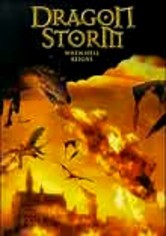
The practice reached its peak at the end of the nineteenth century, and faded away during the twentieth. But the daguerreotype was invented in 1839, making a new kind of portraiture more accessible to the rising middle class. The pictures were, in many cases, the only visual remembrance they had of their lost loved one.īefore 1839, mourning portraits were expensive endeavors that involved hiring a portrait artist. In the 1890s, grieving families commissioned the photos of lost loved ones of all ages. Now I Lay Me Down To Sleep is the name of one organization that provides this service to grieving families. While we may consider them creepy, they were a normal part of American and European culture, and are still used today by many families who lose a baby during childbirth.

Taking pictures of dead people was a classical Victorian art form that lasted well into the twentieth century and is more politely referred to as 'post-mortem photography,' or 'memorial portraiture.' The photos themselves were called 'cabinet cards,' or 'mourning portraits.' adopting a nickname for a murder suspect became standard media practice with these words, and would soon be followed by 'the Axeman' of New Orleans, 'the Boston Strangler,' 'the Düsseldorf Ripper,' and many others. a notorious character known as 'Leather Apron'." - Manchester Guardian, 6 September 1888. It is believed their attention is particularly directed to. "Whatever information may be in the possession of the police they deem it necessary to keep secret.

The Illustrated Police News, 15 September 1888.
#Waxworks rockford serial#
Jack the Ripper was the first serial killer to attract worldwide media attention, which was, in part, due total reforms that enabled the wider circulation of inexpensive magazines and newspapers, including the Illustrated Police News. If the Ripper Case didn't actually invent crime journalism and detective fiction, it certainly changed the shape of them. I've written about him before, and it's the legacy that the ripper case left upon the imagination that fascinates me the most.

Jack the Ripper is the most legendary terror of late-Victorian London.


 0 kommentar(er)
0 kommentar(er)
